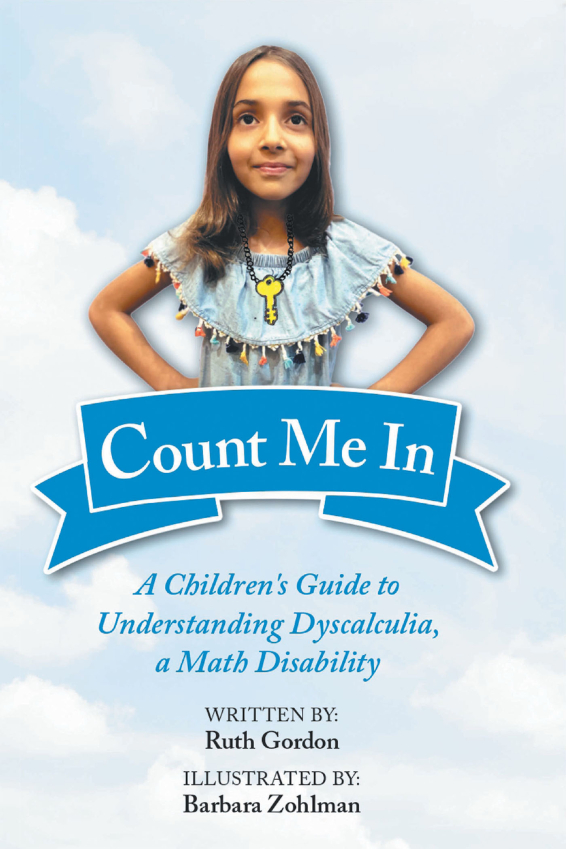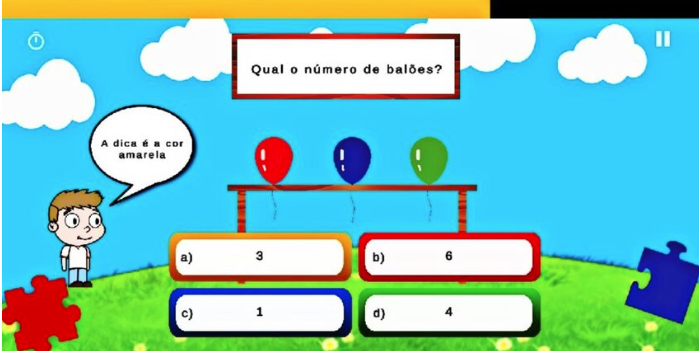Money makes the world go round, and learning how to manage it is a crucial life skill. For your child, understanding basic financial concepts like counting money and budgeting is essential for making informed decisions about finances. For children with learning difficulties, in particular, learning these skills early on can set them up for greater independence and self-sufficiency in the future.
By incorporating counting money and budgeting goals into Individualized Education Program (IEP) plans, children can learn and practice these essential life skills, setting them on a path toward financial success and a brighter future. So let’s dive in and explore how counting money and budgeting IEP goals can help children with learning disorders develop these crucial life skills and improve their overall quality of life.
Counting money and budgeting IEP goals: Helping kids with crucial life skills?
Counting money and budgeting are important life skills that are necessary for financial independence and success. These skills involve not only the ability to accurately count and manage money, but also the ability to plan and make informed financial decisions.
For some children, recognizing and identifying different coins and bills can be challenging. This may be due to a lack of experience with handling money or difficulties with visual recognition. The ability to understand the value of different coins and bills can also be challenging, as it requires a solid understanding of math concepts such as addition and subtraction.
Counting money and making change quickly and accurately is essential for everyday financial transactions. Children who struggle with these skills may have difficulty with tasks such as grocery shopping or buying items at a store. These skills require a combination of math skills, fine motor skills, and executive functioning skills such as attention and planning.
Managing expenses and creating a budget involves not only counting money but also making informed financial decisions. This requires an understanding of basic financial concepts such as income, expenses, and savings. Children who struggle with budgeting may have difficulty prioritizing expenses, tracking spending, and making decisions about how to save and invest money.
Apart from some life skills activities, Setting counting money and budgeting goals in IEPs can help children develop crucial life skills that will benefit them in the long run. These skills include numeracy, financial literacy, and decision-making.
To develop goals related to counting money and budgeting, the child’s current level of understanding of money should be assessed. This can include identifying coins and bills, income and expenses, counting money, and making changes. Goals can then be set to help the child develop these skills further, such as being able to identify different denominations of coins and bills or being able to count money up to a certain value.
Counting money and budgeting IEP goals
Counting Money IEP Goals:
- The student will identify and name the different denominations of coins (penny, nickel, dime, quarter) with 80% accuracy, as measured by teacher observation and assessment.
- The student will identify and name the different denominations of bills ($1, $5, $10, $20) with 80% accuracy, as measured by teacher observation and assessment.
- The student will match the correct value to each coin (penny, nickel, dime, quarter) with 80% accuracy, as measured by teacher observation and assessment.
- The student will match the correct value to each bill ($1, $5, $10, $20) with 80% accuracy, as measured by teacher observation and assessment.
- The student will identify the total value of a set of coins up to $1 with 80% accuracy, as measured by teacher observation and assessment.
- The student will identify the total value of a set of bills up to $10 with 80% accuracy, as measured by teacher observation and assessment.
- The student will identify the total value of a mixed set of coins and bills up to $20 with 80% accuracy, as measured by teacher observation and assessment.
- The student will count out a given amount of coins up to $1 with 80% accuracy, as measured by teacher observation and assessment.
- The student will count out a given amount of bills up to $10 with 80% accuracy, as measured by teacher observation and assessment.
- The student will make changes using a given amount of coins and bills up to $5 with 80% accuracy, as measured by teacher observation and assessment.
Budgeting IEP Goals:
- The student will create a personal budget for one week, including income and expenses, with 80% accuracy, as measured by teacher review.
- The student will track expenses daily and record them in a budget tracker with 90% accuracy, as measured by teacher observation.
- The student will prioritize expenses and categorize them as essential or non-essential with 80% accuracy, as measured by teacher review.
- The student will identify areas where expenses can be reduced or eliminated and create a plan to do so with 80% accuracy, as measured by teacher review.
- The student will research prices and compare costs for a specific item or service and make a cost-effective decision with 80% accuracy, as measured by teacher review.
- The student will identify ways to increase income and create a plan to do so with 80% accuracy, as measured by teacher review.
- The student will create a savings plan and determine the amount to save each month with 80% accuracy, as measured by teacher review.
- The student will identify long-term financial goals, such as saving for college or a major purchase, and create a plan to achieve them with 80% accuracy, as measured by teacher review.
- The student will track progress toward financial goals and adjust the budget as needed with 80% accuracy, as measured by teacher observation.
- The student will explain the importance of budgeting and saving money to others with 80% accuracy, as measured by teacher review.
How can teachers ensure that the counting money and budgeting IEP goals impact students positively?
Teachers can ensure that Counting Money and Budgeting IEP Goals impact students positively by implementing evidence-based practices and strategies that have been proven to be effective in teaching these skills. Here are some strategies that teachers can use:
1. Use visual aids:
Visual aids can help make abstract concepts more concrete and easier to understand. For example, teachers can use pictures of different coins and bills to help students identify them. Teachers can also use charts or diagrams to help students understand how to count money or create a budget, like, a budget chart could show different categories of expenses, such as food, clothing, and entertainment, with columns for planned spending and actual spending.
2. Provide opportunities for practice:
Teachers should provide plenty of opportunities for students to practice counting money and creating budgets. This can include role-playing, games, manipulatives, and real-life scenarios. For instance, teachers can provide students with play money and have them practice counting out different amounts. Teachers can also create real-life scenarios, such as having students plan a budget for a trip to the grocery store or a day out with friends.
3. Use positive reinforcement:
Teachers can use positive reinforcement, such as praise and rewards, to motivate students and reinforce correct responses or behavior. This can include praising a student for correctly identifying a coin or bill or completing a budget accurately. Teachers can also provide small rewards, such as stickers or a special privilege, to motivate students and reinforce good behavior.
4. Break down tasks into smaller steps:
Teachers can break down complex tasks, such as creating a budget, into smaller, more manageable steps. This can help students feel less overwhelmed and more confident in their ability to complete the task. For example, when teaching budgeting, teachers can start by having students identify their sources of income, then have them list their expenses. Next, teachers can have students categorize their expenses and set spending limits for each category. Breaking down the task into smaller steps can make it more manageable and less overwhelming for students.
5. Use multi-sensory approaches:
Teachers can use multi-sensory approaches, such as using manipulatives or incorporating movement into the lesson, to help students engage with the material and reinforce their learning. When teaching counting money, teachers can use manipulatives, such as plastic coins and bills, to help students visualize and touch the money. Teachers can also incorporate movement, such as having students act out a scenario where they buy something with their money.
6. Provide feedback and progress monitoring:
Teachers should provide ongoing feedback and monitor progress to help students track their progress and identify areas where they need additional support or practice. For example, teachers can point out areas where they are improving or areas where they need more practice. Teachers can also use progress monitoring tools, such as checklists or rubrics, to track student progress and identify areas where they need more support.
7. Collaborate with parents and caregivers:
Teachers should collaborate with parents and caregivers to ensure that students are getting consistent support and reinforcement at home. They can send home materials or resources for parents to use with their children, such as budgeting worksheets or money games. Teachers can also communicate with parents about student progress and areas where they need more support.
Conclusion
Counting money and budgeting IEP goals are important tools for helping children develop crucial life skills that will benefit them throughout their lives. By practicing these skills early on, children can improve their math abilities, financial literacy, and decision-making skills, setting them up for greater independence and self-sufficiency in the future. Incorporating these goals into IEP plans is a proactive way to help children with disabilities acquire the skills they need to manage their finances and make informed decisions about their money.
With these skills, they can plan for their future needs, set financial goals, and make choices about their money with greater confidence and autonomy. Ultimately, counting money and budgeting are more than just practical skills – they are essential life skills that can help children with disabilities achieve financial success and improve their overall quality of life.




